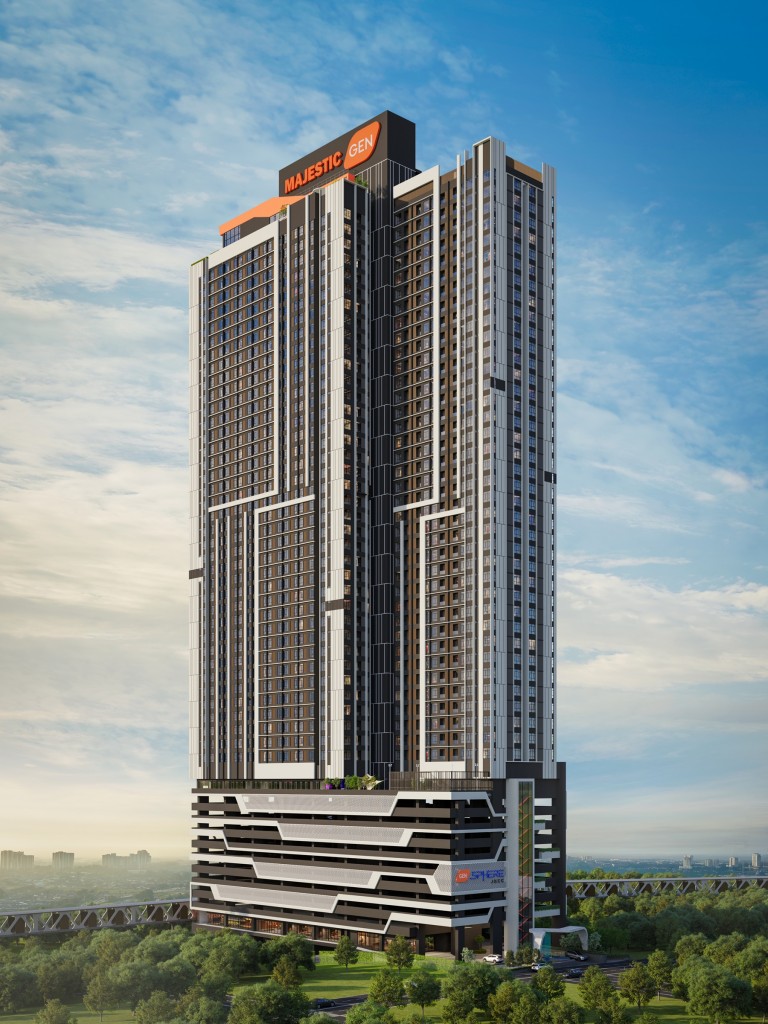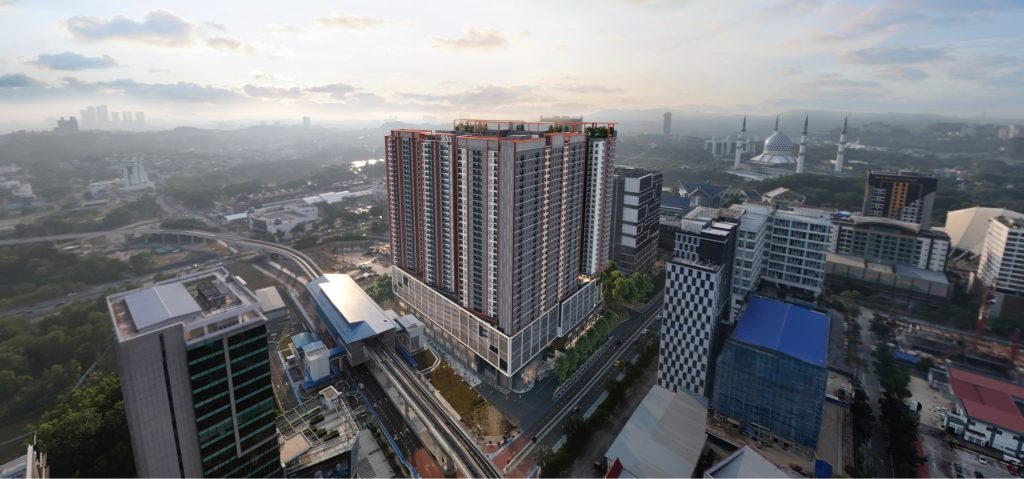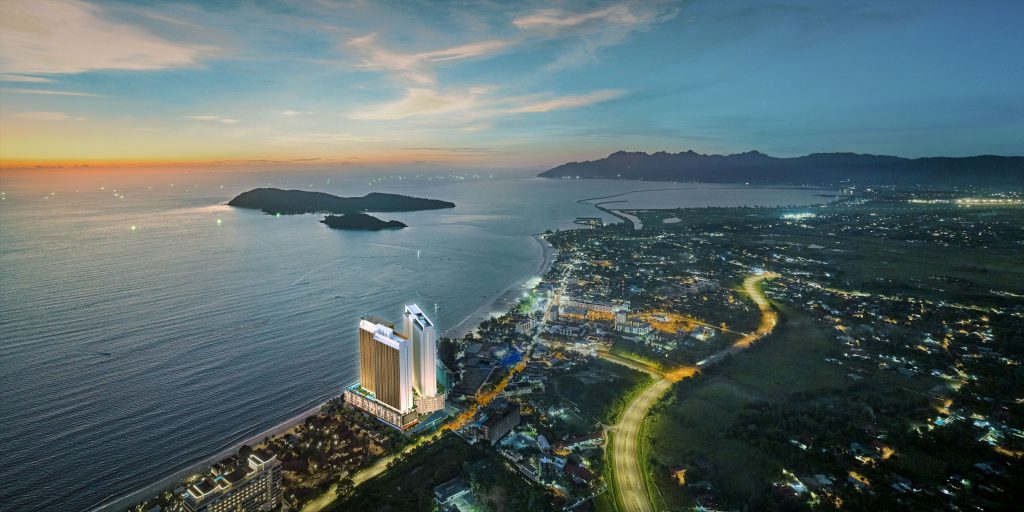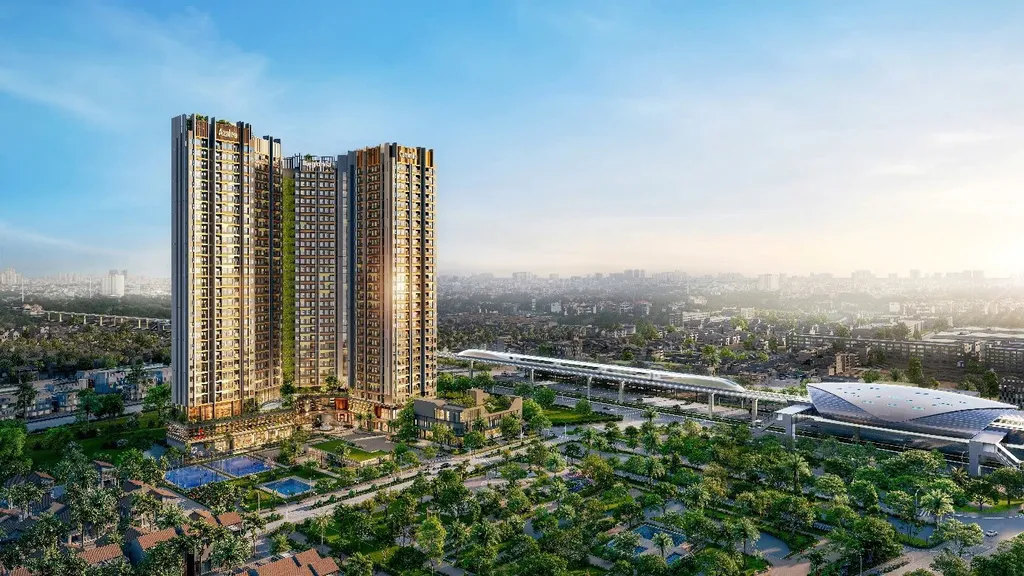Contributed by Tan Sri Abdul Wahid Omar
The IMF, in its latest World Economic Outlook, has predicted a global Gross Domestic Product (GDP) growth slowdown from 3% in 2023 to 2.9% in 2024, a figure well below the historical average of 3.8% from 2000 to 2019. Despite this, several local research houses, including Maybank Investment Bank, project an even lower growth rate of 2.8% for 2024, down from an expected 3.3% in 2023. This adjustment is attributed to the anticipated deceleration in the United States due to policy tightening and a slowdown in China.
On a more optimistic note, the outlook for ASEAN and Malaysia appears brighter. The GDP of ASEAN-6 countries, including Malaysia, Singapore, Indonesia, Thailand, Philippines and Vietnam, is expected to grow at a faster pace, reaching 4.7% in 2024 compared to 4.0% in 2023. This positive trend is fueled by policy measures aimed at boosting the domestic economy, the recovery of the tourism sector and a rebound in the global electronics cycle. The growth leaders in this region are projected to be the Philippines (6.5%), Vietnam (5.8%) and Indonesia (5.1%).
For Malaysia, 2024 is envisioned as a year of execution, as various initiatives outlined in the National Energy Transition Roadmap (NETR) 2030 and the New Industrial Master Plan (NIMP) 2030 are put into action. Coupled with resilient consumer spending and the anticipated recovery in tourism, facilitated by the 30-day visa-free policy for visitors from China and India (significant tourism sources), the economy is expected to grow by 4.4% in 2024, up from the estimated 4.0% growth in 2023. These growth prospects will likely be supported by an expected accommodative monetary policy, with the Overnight Policy Rate (OPR) anticipated to remain low at 3.0% throughout 2024.
One significant challenge for the economy is the potential spike in the inflation rate in 2024, which has currently dipped below 2.0% since September 2023. This may be inevitable as the government implements fuel and energy subsidy rationalisation, aligning with the commitment to reduce the 2024 fiscal deficit to 4.3% of GDP and the medium-term (2024-2026) fiscal deficit commitment of 3.5% of GDP, in line with the Fiscal Responsibility Act 2023.
Capital market outlook
The corporate results for Q3 2023 were generally positive, with glove companies surprising on the upside and the banking sector witnessing strong earnings. Two of the big four glove makers, Kossan (net profit RM41 mil) and Harta (net profit RM29mil), returned to the black for the quarter ending Sept 30, 2023, providing a boost for the healthcare sector (M-o-M: +6.6%, ytd: +2.2%). Banking counters also performed within or surpassed consensus estimates, namely CIMB Bank (net profit +31.3%, YoY to RM1.85 bil), Public Bank (+7% to RM1.7 bil), Hong Leong Bank (+4.93% to RM1.03 bil), Hong Leong Financial Group (+10.78% to RM741.64 mil) and Alliance Bank Malaysia (+16.98% to RM185.3 mil).
For the year-to-date period in November 2023, the KLCI closed at the 1,543 level, -2.9% from the 1,495 level at the beginning of the year, aligning with the performance of other markets such as Thailand with the SET index declining -17.3%, Singapore with the STI declining by -5.5%, and the Philippines with PCOMP index declining by 5.2%. The two exceptions were Indonesia, where the JCI index increased by 3.4% and Vietnam, where the VNINDEX increased by 8.6%.
With the stronger 4.4% economic growth amid the implementation of various initiatives, most research houses are forecasting overall earnings growth of +15% for 2023 and 2024. This will augur well for the KLCI, with the continued low-interest rate environment being conducive for investment activities.
Considering the various factors mentioned above, the end-2024 target for the benchmark index sees strong upside, breaching the 1,600 psychological level across most research houses.
Policy implementation and execution
The National Energy Transition Roadmap (NETR) Phases 1 & 2 and the New Industrial Master Plan 2030 (NIMP 2030) were launched in the third quarter of 2023, paving the way to expedite the energy transition away from commodity-dependence and attract high-value investments to drive the transformation of the manufacturing industry. Both the NETR and NIMP 2030 will continue to drive the market and secure foreign direct investment (FDI).
In 2024, the utilities sector is expected to continue benefiting, along with construction, property and green technology-related counters, amid NETR-related renewable energy-centric developments and data centre investments. This includes the latest USD4.3 bil artificial intelligence (AI) development project between Nvidia and YTL Power’s unit, to be hosted in YTL’s data centre park in Johor.
Catalysts for growth in Johor
Property and construction counters, particularly those with exposure to Johor, have witnessed strong gains this year due to a string of positive news flows expected to carry forward into 2024. These include:
- i) The RTS Link project, which is on track for completion in CY26 and is set to invigorate economic activity and stimulate property demand in Johor.
- ii) The Sultan of Johor’s call for the KL-Singapore HSR project to be revived.
iii) The establishment of special economic and financial zones in Iskandar Malaysia.
- iv) The relaxation of conditions for the Malaysia My Second Home (MM2H) project application.
Interest rates and Ringgit outlook
The consensus view is that the US Federal Reserve and other major central banks will likely cut interest rates by 2H24, marking the peak of the Dollar rally and easing pressure on regional currencies. Economists also do not foresee any changes to monetary policy domestically, with Malaysia’s headline inflation largely under control. This should lead to a contraction in the differential between the Federal Funds Rate and the OPR next year, strengthening the Malaysian Ringgit, which hit a 25-year low this past October.
Sino-US tensions and slower-than-expected economic growth in China post-pandemic have led to multinational corporations (MNCs) seeking to mitigate risks and diversify their production bases, relocating their supply chains from China to several other Southeast Asian countries, including Malaysia. This will be seen as a boost towards investments, with the Malaysian Investment Development Authority (MIDA) announcing earlier this month that Malaysia’s investment performance achieved an all-time high of RM225bil in total approved investments for 9M2023, exceeding its full-year target. Potential beneficiaries are Technology, Manufacturing and E&E counters, particularly semiconductor manufacturers. Overall, we are cautiously optimistic about Malaysia’s prospects for 2024.
Stay ahead of the crowd and enjoy fresh insights on real estate, property development, and lifestyle trends when you subscribe to our newsletter and follow us on social media.















































